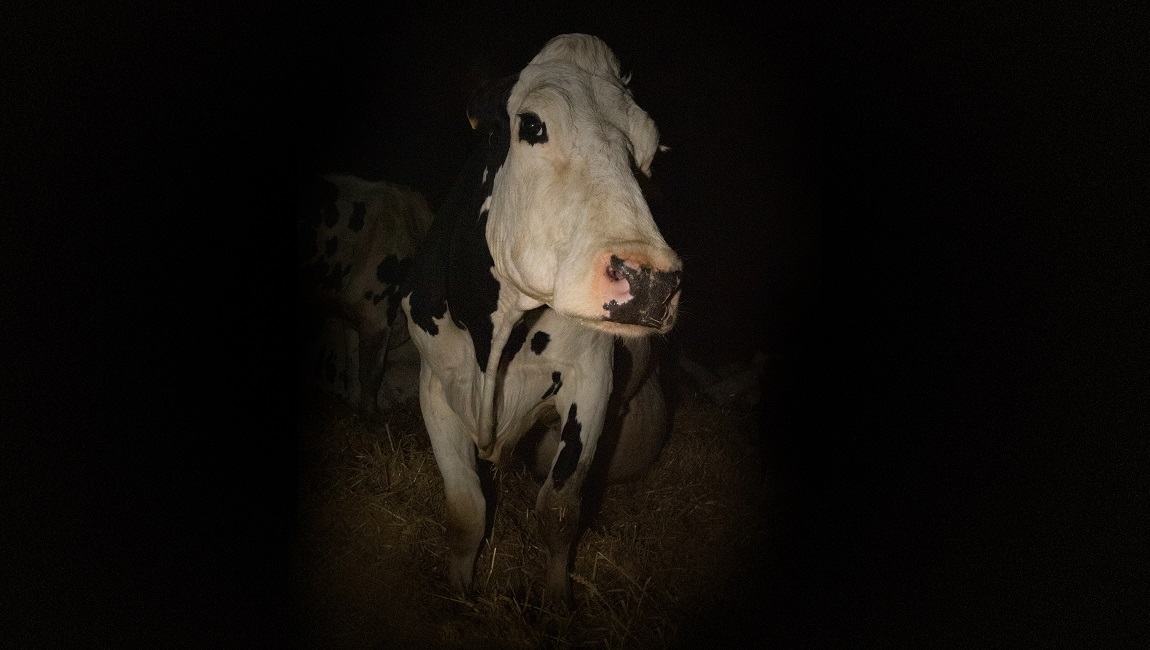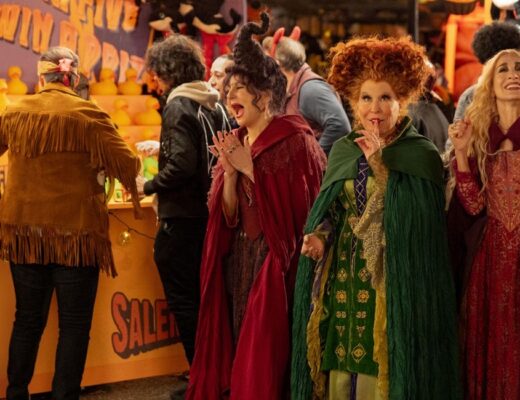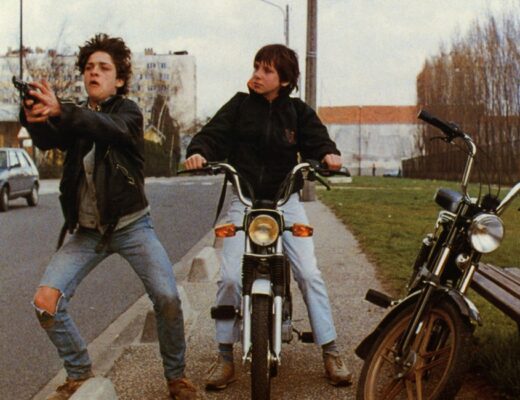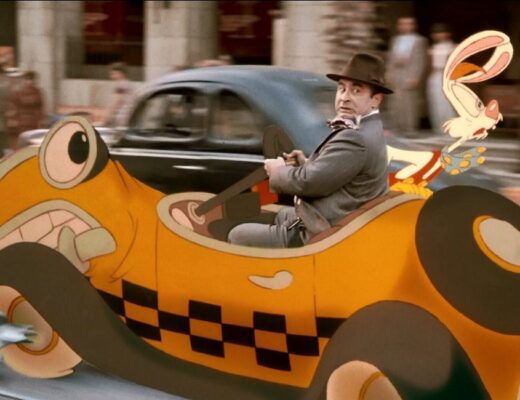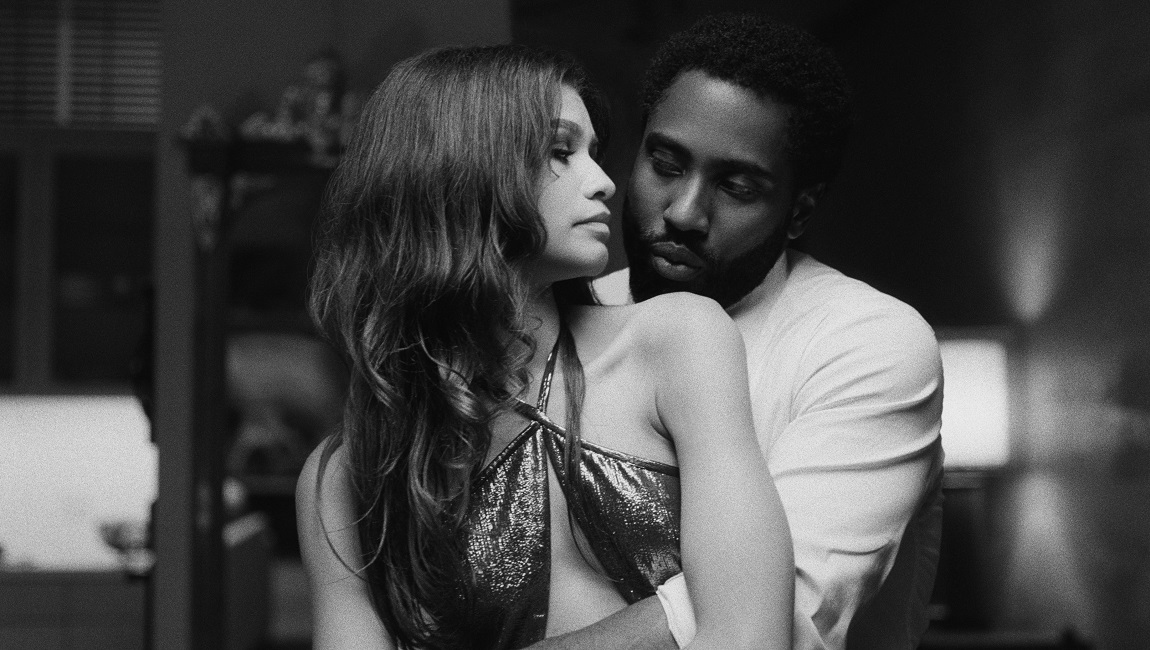Despite its workaday subject matter, Cow is still recognizably an Andrea Arnold film, mostly for the better.
Depending on your perspective — and depending on the film — Andrea Arnold’s cinema vacillates between kitsch and kitchen sink, her intended brand of (dour) social realism sliding easily into fussy melodrama. Fish Tank’s over-seriousness marks one end of her spectrum, American Honey’s campier self-awareness the other, with Wuthering Heights and Red Road — and their respective genre frameworks — falling somewhere in between. This style of maximalist miserabilism — or else arthouse poverty porn, according to detractors — doesn’t easily project onto observational documentary filmmaking, so it’s funny how tidily this understanding of Arnold’s sensibilities translates to her latest work, Cow. None of that is to say that Arnold’s typical expressiveness is quite as easily placed here, as a ground-level view of a dairy cow’s daily existence isn’t exactly primed for her typical histrionic treatment — but make no mistake, she manages. And if any of the preceding sounds like outright criticism of the director’s work and style, buyer beware; the Arnold averse aren’t likely to find much in Cow’s documentary form to change their minds, but those who have previously caught the affected moody vibe of her narrative work may also revel in this pivot.
More than any of her previous films, Cow is a work of contrasts, beginning with the film’s musical choices. Scenes of labor — for cows on a dairy farm, multiple meanings of the word are folded into one — are backed by a veritable playlist of Top 40-approved hits, establishing immediate dissonance with the drudgery of the factory-farm setting. It’s not entirely clear whether the featured tracks are diegetic or orchestrated by Arnold — if the former, they are remarkably on the nose or implanted within the setting; if the latter (as one suspects), they are augmented so as to sound natural — but in either case, her penchant for pop music persists. The songs slather the otherwise ethnographic observations with a sheen of artificiality and jollity; as if the tunes should distract from the capitalist pursuits that stalk these animals, but instead only drawing willful attention to the existential disconnect between man and beast. As is like to be the case with Arnold, not every intimation lands elegantly — a climactic movement set to Birdy’s cover of Bon Iver’s “Skinny Love” may be a manipulative tipping point for many — but this thematic disparity at least registers more often than it distracts.
Less obtusely implemented, the film’s images provide some welcome discordance. For most, there’s a certain unsexiness that accompanies the idea of a dairy farm’s milieu: a mélange of mud and metal, dirt-caked bovines navigating labyrinthine cattle chutes and squelching through rainwater-filled ruts, and calves quickly plucked from the care of their mothers. And all of that is here. As is the case in all of Arnold’s work, the misery is certainly part of the point, but here too is the beauty, the easy majesty of humble creature living, and Arnold regularly tempers the grime with striking compositions and sequences of joy. The action is shot in crisp digital, usually in close-up — the human factors frequently existing only as torsos — and the vibrant farmland greens, blues, browns, and yellows punch up much of the palette, particularly when fuzzed out and rendered as textural elements while the camera’s focus is directed elsewhere. There are, of course, the de facto shots of grazing beasts backgrounded by tri-colored twilight skies, sometimes static and sometimes lilting as if in a gentle breeze, but none of these connecting vista shots approach the impact of the film’s more organic images. An extended opening sequence generates plenty of initial power, as the film’s primary cow of interest — Luma, according to press notes — is seen bellowing after her newborn is taken away, anxiously circling her pen, shunted along a prescribed path, the camera continually glimpsing a dangling, still-attached umbilical cord. In another instance, this one joyful, a run of cows, with an awkward gait born of bursting udders, gallop toward an open meadow to graze, half of the herd already passed by before the camera locates and then follows Luma; it’s a surprisingly affecting interlude, one where the individual is located within an anonymous collective, a moment of personalization that speaks to Arnold’s grander concerns of the relationship between man and animal.
Indeed, this moment of jubilation marks something of a mid-point in the film’s text, leading nicely into Cow’s more directed commentary. As is pro forma for such observational works, little in the way of explicit critique is proffered, but plenty is implied regarding the nature of dairy farms. Beyond the casual cruelty that is fundamental to the industry — and in fairness, this seems to be far from the most heinous of such operations — there are other implications here casually lofted for consideration. Until relatively recently, little research has been done into the emotional intelligence of cows, their social and personal selves left largely unexplored given their value as industrial capital, but Cow benefits from a more progressive understanding of the animal’s interiority, its intimacy with Luma arguing for the validity of a more anthropomorphic approach. This, in turn, lends additional weight to the film’s other layers, such as its consideration of the dairy cow enterprise as an innately maternal exhibition, a view of procreating and providing as material existence; and despite all wisdom against humanizing observed animals, particularly of the farm variety, in 2021 it’s not easy to observe the scene of a bull slowly sniffing and licking a female while building up an erection without drawing parallels between… well, beast and beast.
Cow doesn’t entirely neatly come together, and certain scenes don’t stack all that well, feeling clearly affected to some emotionally-aided, thesis-driven end (at the expense of its more successful ethnographic bent), but it’s also, thankfully, no Gunda. Where that film evoked superficial arthouse texture to support (or distract from) its pat animals are people too messaging, there’s less easy didacticism here. Cow is more comfortable in its less settled space, notably troubled by present, existence-shaking realities but also respectful of the beauty that nonetheless persists in individual lives. There’s admittedly something powerful in a cow’s black, fathomless eyes that suggests multitudes and calls out to our basic human instinct to seek complex consciousness in all living beings, but after a late-film sequence in which Luma gives birth yet again, this time framed from the front as she placidly stares both into and past the camera, snot roiling off her snout as the order of birth business is executed, the necessary pathos have already been long established. There’s no denying the sum of Cow is a healthy mix of manipulative and earnest emotionalism, and it’s likely to turn off different viewers for both its contemplative languorousness and its codifying poignancy, but the practical offense is negligible in the face of its considerable beauty and tragedy. Milk’s gross anyways.
Originally published as part of Cannes Film Festival 2021 — Dispatch 1.

